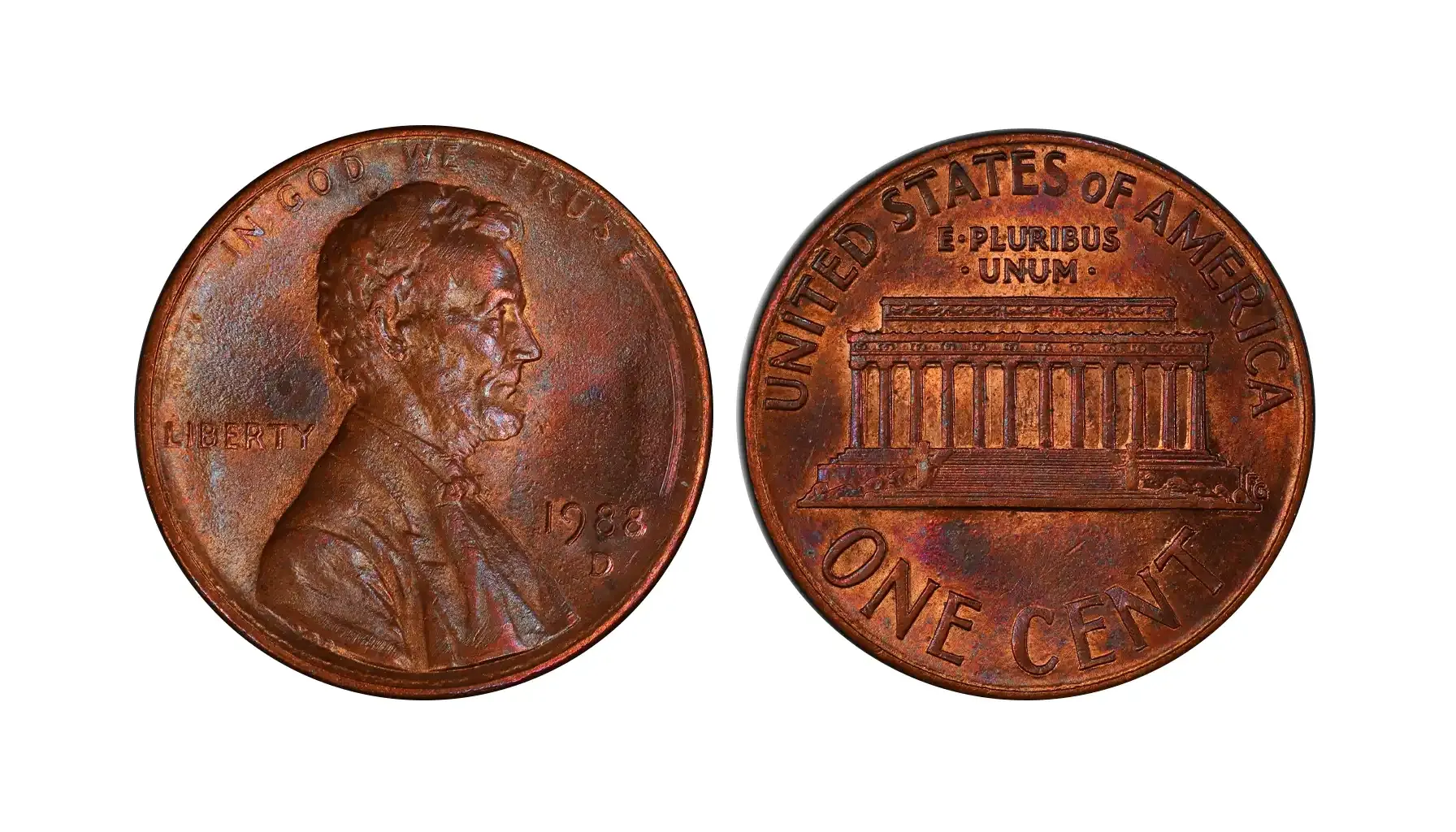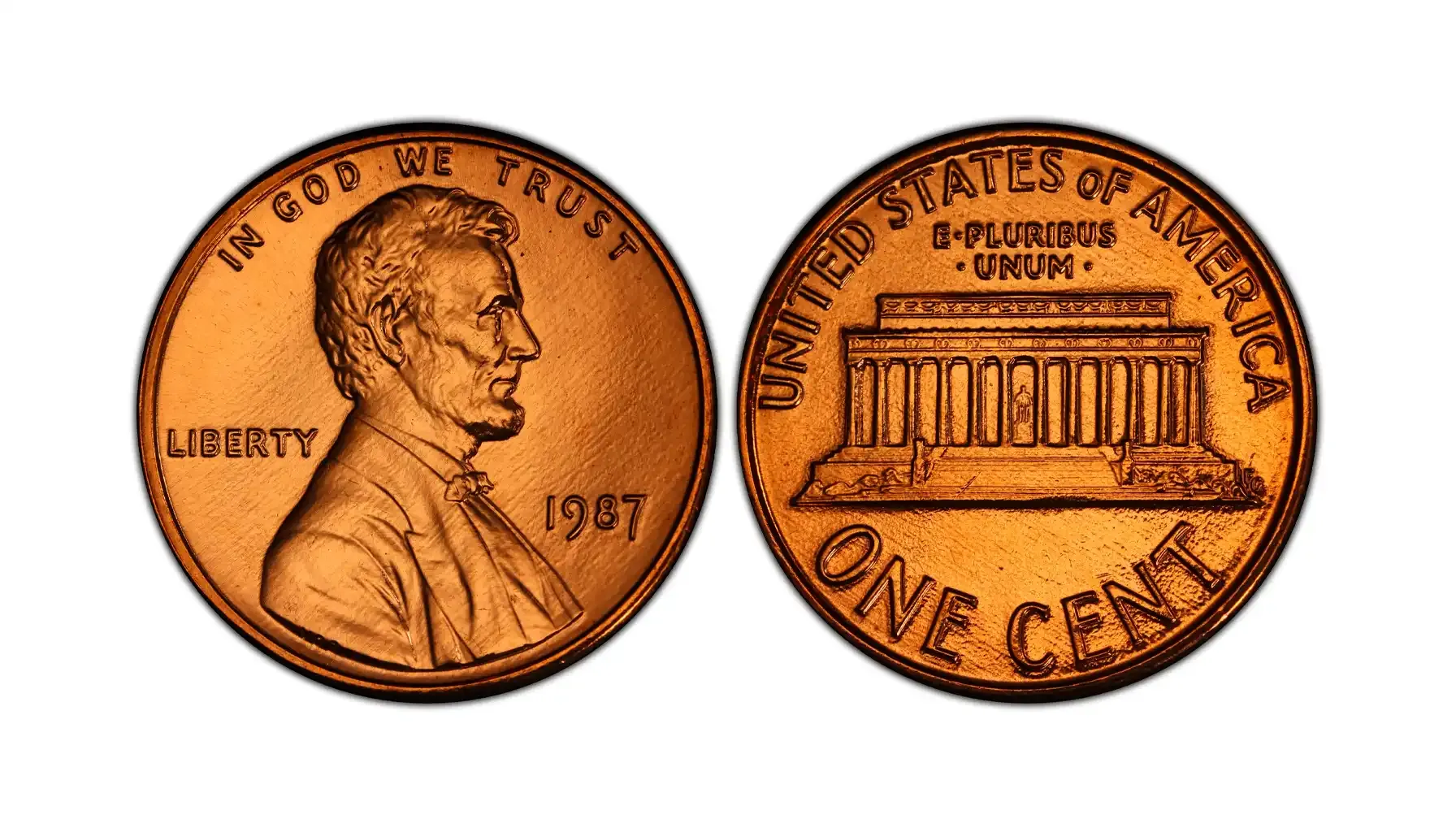Contents:
- Key Specifications of the 1916 Wheat Back Penny
- 1916 Lincoln Wheat Penny Mintage Numbers: Scarcity Begins at the Mint
- Why 1916 Was a Turning Point for Pennies
- 1916 Lincoln Penny Value Starts with the Mint Mark
- Why the 1916-D Commands a Premium
- What About the 1916-S?
- Grading Guide: How Condition Impacts What Is a 1916 Penny Worth
- Color Designation Matters: Red, Red-Brown, and Brown
- Rare 1916 Penny Error Types & Varieties to Look For
- How to Identify Your 1916 Wheat Penny
- Should You Buy, Sell, or Hold a 1916 Wheat Penny?
The 1916 Wheat Penny isn’t just another early Lincoln cent—it’s a standout coin from the heart of the First World War era. Issued more than a century ago, this copper cent continues to spark interest among collectors due to its historic charm, iconic design, and mint mark-based value disparities.
In this detailed guide on identifying coins and their values, we’ll break down what makes the 1916 D wheat penny so special, how the P and S issues compare, and what traits to look for when evaluating this century-old collectible.
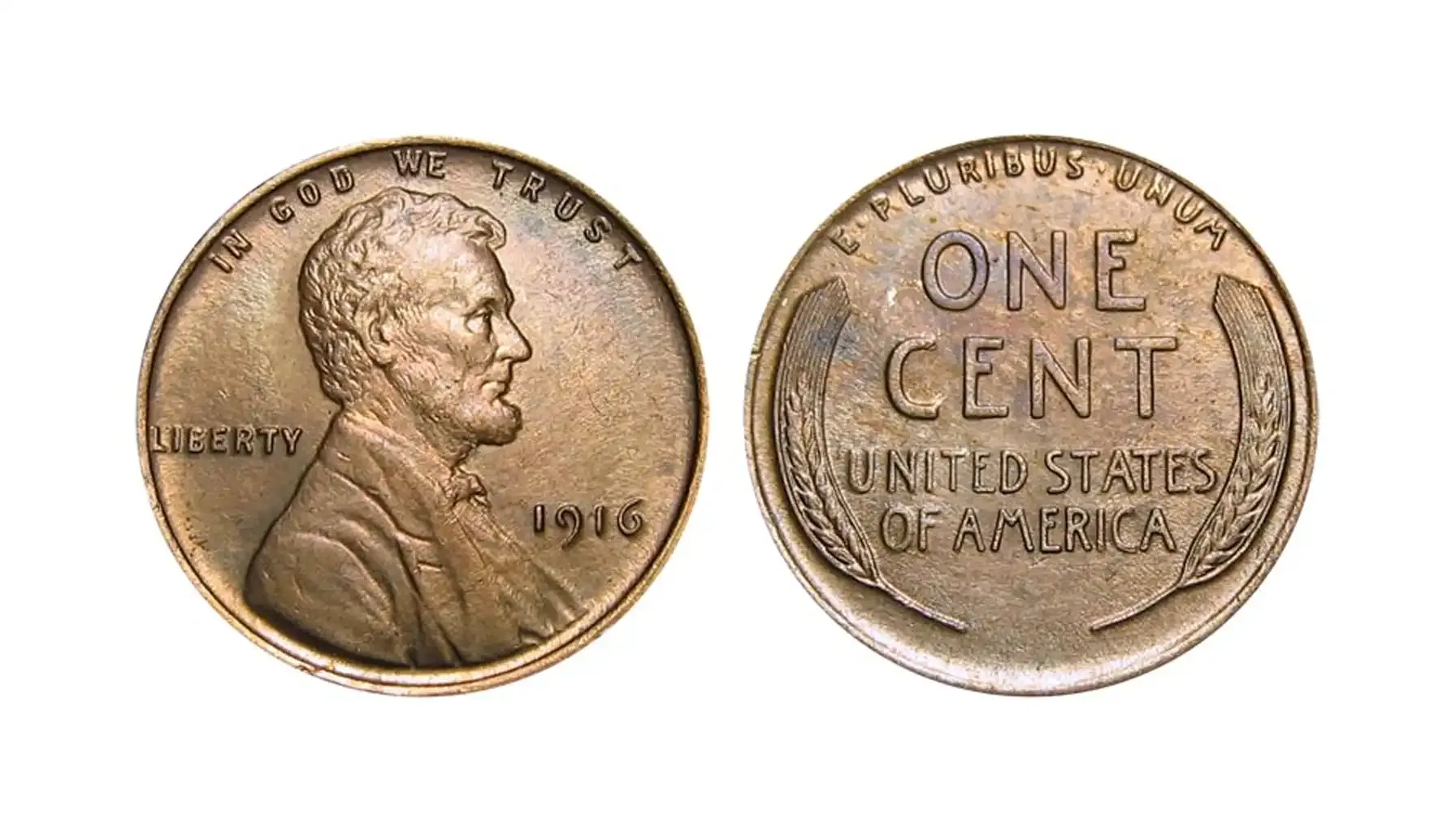
Key Specifications of the 1916 Wheat Back Penny
Before we dive into penny 1916 value variations, let’s take a look at what defines this coin physically and aesthetically.
Feature | Details |
Designer | Victor David Brenner |
Composition | 95% copper, 5% tin and zinc |
Weight | 3.11 grams |
Diameter | 19.05 mm |
Edge | Plain |
Obverse | Profile of Abraham Lincoln |
Reverse | Two wheat stalks flanking text |
Mint Marks | None (P), D (Denver), S (San Francisco) |
The design, introduced in 1909 to commemorate Abraham Lincoln’s 100th birthday, became a classic. Brenner’s depiction of Lincoln gave the cent a distinctive look that continues in modified form today.
1916 Lincoln Wheat Penny Mintage Numbers: Scarcity Begins at the Mint
While all cents may appear similar at first glance, their origins drastically affect the value of a 1916 wheat penny. Here's how the numbers shake out:
Mint Location | Mint Mark | Mintage (Approx.) |
Philadelphia | None | 131,833,677 |
Denver | D | 35,956,000 |
San Francisco | S | 22,510,000 |
Philadelphia accounted for over 130 million coins—nearly four times more than Denver and almost six times more than San Francisco. That sheer volume makes Philadelphia's 1916 no mint mark penny far more common today, especially in circulated grades.
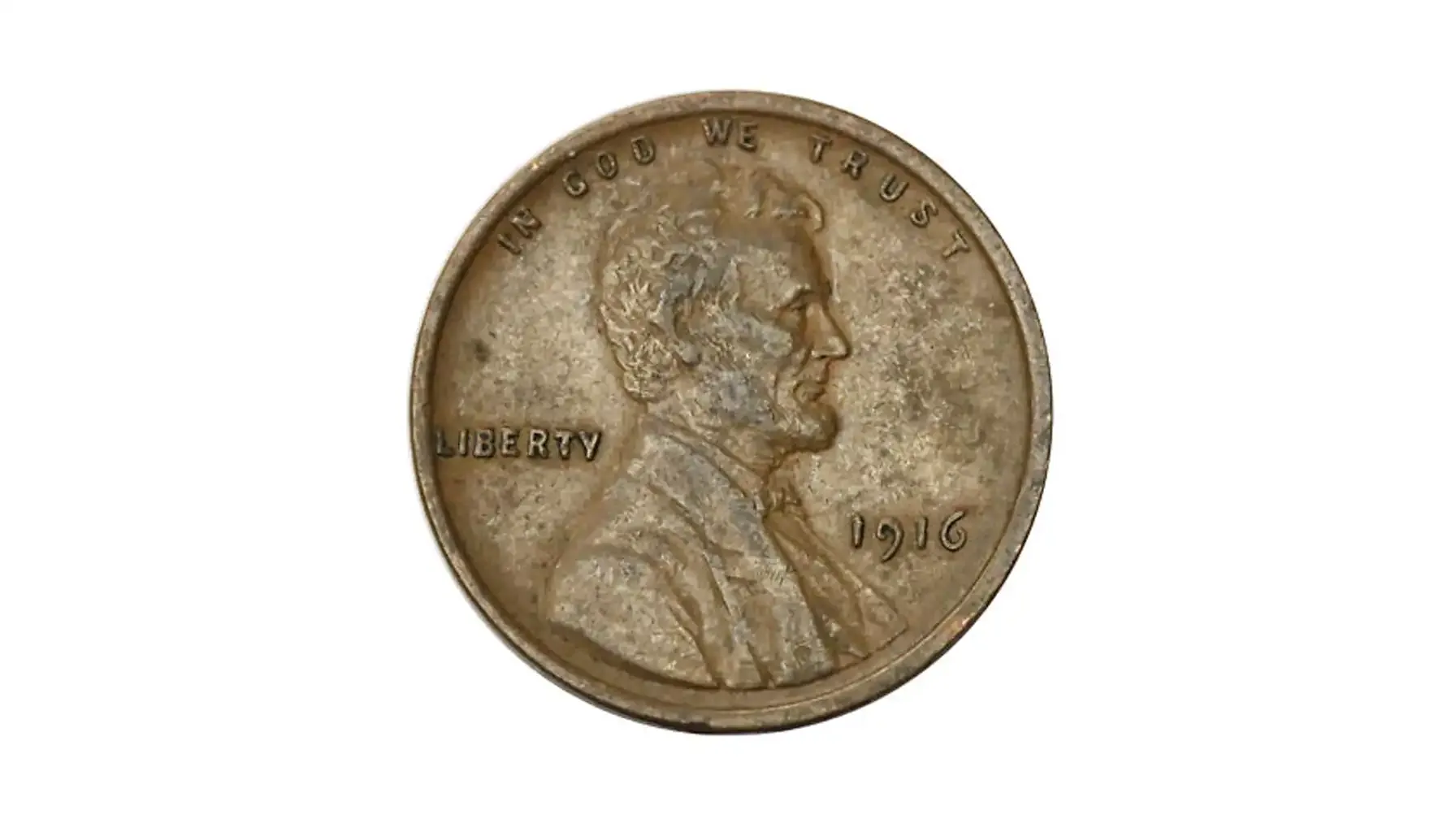
However, raw mintage is only one side of the equation. Survival rates in higher conditions, market demand, and collector trends add more nuance to each particular value of a 1916 penny.
Why 1916 Was a Turning Point for Pennies
The year 1916 was one of transition and expansion for the U.S. Mint system. The Denver Mint, still relatively young at the time, was scaling up production but not yet matching Philadelphia’s output. Meanwhile, coins from San Francisco were known for their sharp strikes but faced logistical challenges in distributing nationwide.
From a historical perspective, the 1916 one cent penny was issued in a time of uncertainty. The U.S. had not yet entered WWI, but economic shifts and industrial expansion were reshaping the country. These broader historical currents make coins like the 1916 half penny and others minted at this time particularly attractive for those who collect based on historical context.
1916 Lincoln Penny Value Starts with the Mint Mark
The clearest indicator of a potential value of 1916 penny is the mint mark, located just below the date on the obverse (front) of the coin. Here's a quick primer on what each letter (or absence of one) means:
No Mint Mark: Struck in Philadelphia.
D: Struck in Denver.
S: Struck in San Francisco.
It’s a small detail—but it can mean the difference between a coin worth less than a dollar and one worth hundreds.
How Much Is a Penny from 1916 Worth: Philadelphia vs. Denver vs. San Francisco
The value of 1916 wheat penny varies strongly from one sample to another. Condition plays a critical role, but so does the origin. Here's how the three major mint issues compare based on their condition and typical market 1916 wheat penny value today.
1916 Penny Value Today: Chart by Mint Mark and Grade
Grade | 1916 (Philadelphia) | 1916-D (Denver) | 1916-S (San Francisco) |
Good (G-4) | $0.75 | $1.15 | $2 |
Very Fine (VF-20) | $3 | $6 | $15 |
Extremely Fine (EF-40) | $10 | $15 | $30 |
Uncirculated (MS60) | $20 | $100 | $115 |
Uncirculated (MS63) | $35 | $125 | $200 |
Sources: Silver Recyclers, Bullion Sharks
As the chart clearly shows, the 1916 penny D dominates in terms of price at nearly every grade level. In circulated grades, it’s worth two to five times more than the Philadelphia issue. In uncirculated condition, that margin can widen further.
Check out the article to learn about the most expensive Lincoln cents ever sold!
Why the 1916-D Commands a Premium
The Denver Mint produced over 35 million Wheat Pennies in 1916—yet the 1916-D stands out in the marketplace. Here's why:
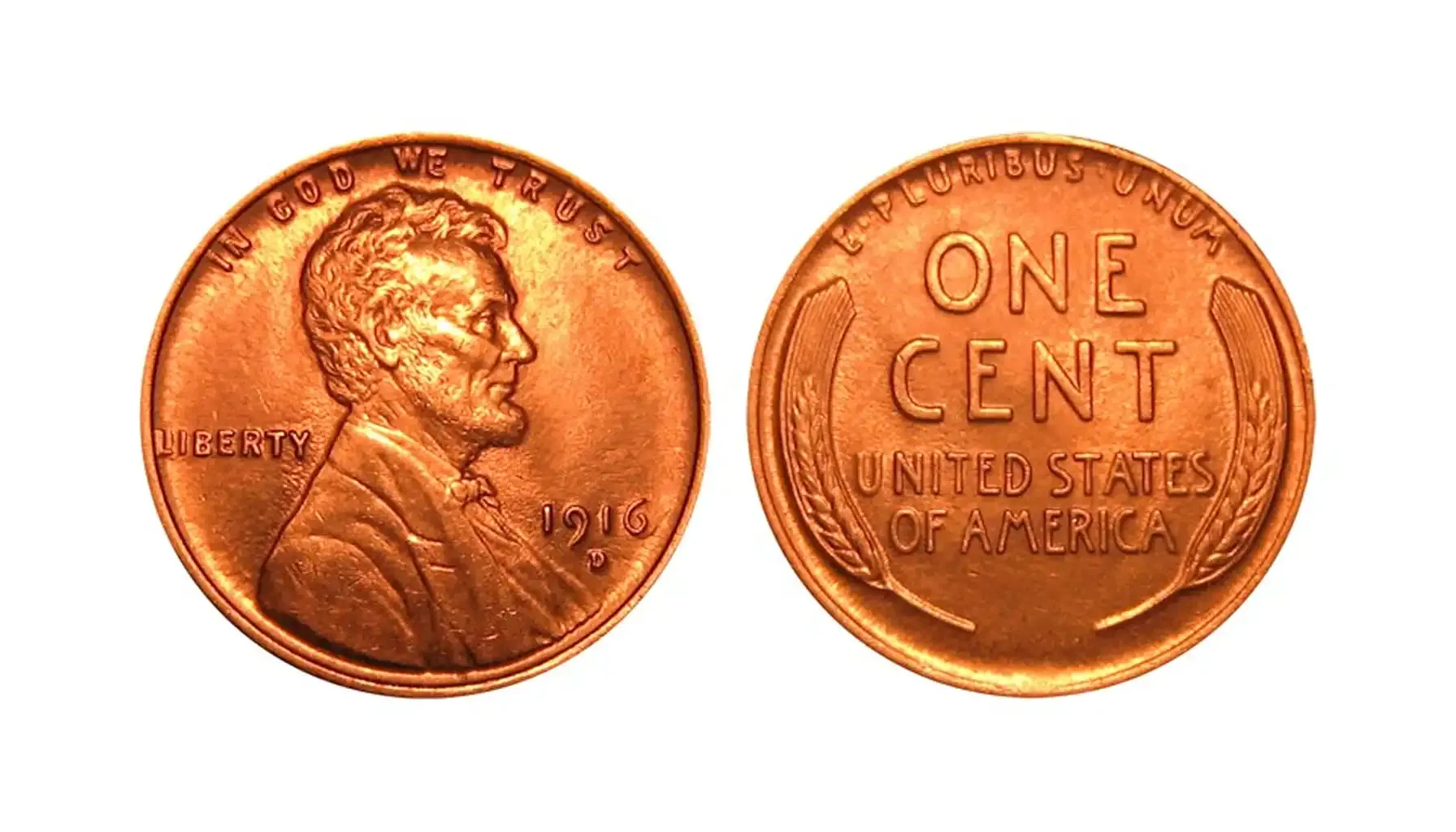
Scarcity in Higher Grades
Although Denver struck a decent quantity of coins, few have survived in mint state condition. Many 1916-D coins were heavily circulated, leading to a low population of clean, well-struck specimens. This scarcity drives up demand among collectors seeking high-grade examples.
Strong Collector Demand
Collectors building full Lincoln cent sets from 1909–1958 require each date and mint mark. The 1916-D is a known challenge in higher conditions, making it a key date for enthusiasts aiming to complete premium sets.
Minting Quality and Strike Issues
Denver’s 1916 cents often show weaker strikes or less detail compared to Philadelphia coins. As a result, sharply struck 1916-D examples with full detail and luster are even more coveted, especially those with red or red-brown coloration.
What About the 1916-S?
On paper, the San Francisco Mint produced the fewest 1916 pennies—just over 22 million. But here’s the twist:
In high grades (MS63+), the 1916-S actually surpasses the 1916-D in 1916-S penny value.
In lower and mid-circulated grades, however, the D mint mark typically holds higher market demand.
Why the discrepancy? Collectors often cite the survivability rate and relative appeal of San Francisco coins, which tend to exhibit cleaner strikes and sharper details. The 1916-S is less commonly found in truly poor condition, which slightly balances out its lower mintage, resulting in the current situation with the 1916 s wheat penny value.

Grading Guide: How Condition Impacts What Is a 1916 Penny Worth
If you want to determine how much is a 1916 wheat penny worth, you'll need to assess its grade accurately. Here's a simplified breakdown:
Good (G-4): Very heavy wear, with the date readable but lacking fine details.
Very Fine (VF-20): Moderate wear with most major features visible; Lincoln’s jawline and wheat stalks are distinguishable.
Extremely Fine (EF-40): Light wear on high points; most lines in wheat stalks are visible.
Uncirculated (MS60 and above): No wear from circulation, full mint luster; higher MS grades are determined by strike quality, color (red, red-brown, or brown), and blemishes.
Professional grading services such as PCGS or NGC can authenticate and grade coins, and their certifications can significantly increase resale value.
Color Designation Matters: Red, Red-Brown, and Brown
Another thing that changes how much is a 1916 s penny worth is a color tone, especially in uncirculated grades:
Red (RD): Original copper color, bright and lustrous. Most valuable.
Red-Brown (RB): Partial toning; some original red remains.
Brown (BN): Fully toned; typically lower in 1916 s penny value.
Even among coins with identical grades, a 1916-D MS63 Red can sell for three to four times more than a Brown example.
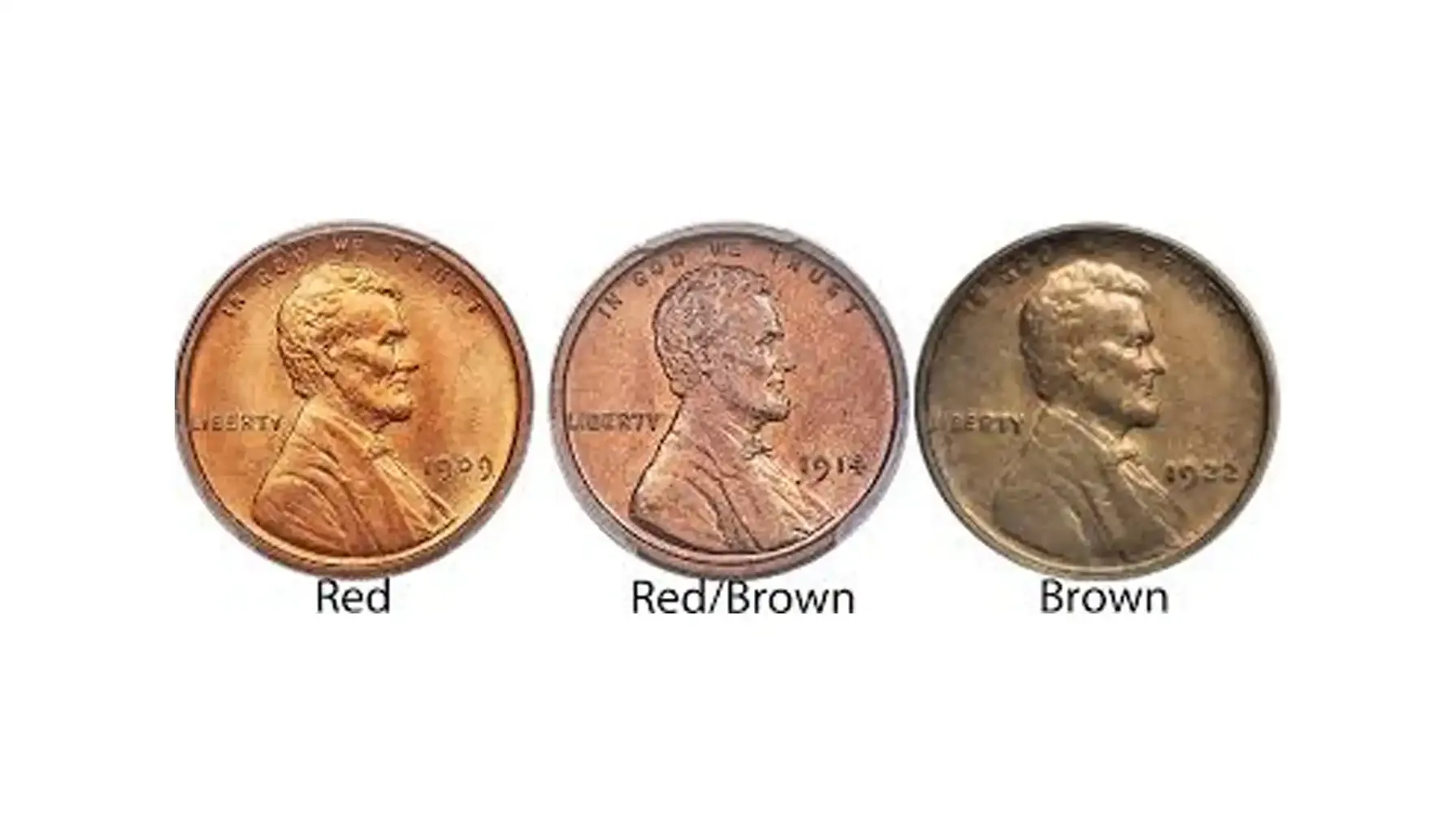
Recommended article: Master Coin Grading with PCGS: Tools, Services, and Price Guide
Rare 1916 Penny Error Types & Varieties to Look For
While the this year coinage isn’t famous for dramatic minting mistakes, some 1916 wheat penny error types have been reported and are extremely desirable:
Common Error Types:
Repunched Mint Marks (RPM) – Extra impressions of the mint mark.
Die Cracks or Cuds – Raised lines or blobs caused by damaged dies.
Off-Center Strikes – Part of the design missing from misalignment.

How to Identify Your 1916 Wheat Penny
Whether you’ve found a 1916 Wheat Penny in circulation, inherited a collection, or picked one up at a flea market, correct identification is your first step toward determining true 1916 no mint mark wheat penny value.
Step 1: Locate the Mint Mark
Examine the obverse (front) side of the coin, just below the date "1916":
No mint mark = Philadelphia
A small "D" = Denver
A small "S" = San Francisco
Use a magnifying glass or coin loupe to ensure you’re not missing a faint or worn mark. A repunched or barely visible “D” could mean a valuable variety.
Step 2: Evaluate Condition
Grading is crucial. Use a coin grading scale or visual guide to assess details such as:
Wear on Lincoln’s cheek, hair, and coat
Detail in the wheat stalks on the reverse
Luster and coloration (Red > Red-Brown > Brown)
Coins that appear uncirculated or nearly so should be professionally graded to unlock their full market potential.
Should You Buy, Sell, or Hold a 1916 Wheat Penny?
The right move depends on your goals, the coin’s condition, and current market trends. Here’s a strategic breakdown:
Buy
If you’re a long-term collector, the 1916-D and 1916-S are both excellent additions, especially in MS63 or highergrades.
Focus on red or red-brown specimens, which have stronger 1916 penny value no mint mark appreciation over time.
These coins offer both historical appeal and tangible rarity in upper conditions.
Sell
If you own a high-grade 1916-D or error variety, market demand is strong in defining what is a 1916 wheat penny worth in certain times. Auction results continue to show upward trends.
Selling through major coin auctions or with certification (PCGS, NGC) can dramatically increase sale prices.
Lower-grade 1916 wheat penny no mint mark from Philadelphia may not fetch high premiums individually, but can be sold in bulk to beginner collectors.
Hold
If your 1916 penny is in mid-grade condition (especially Denver or San Francisco), holding may be smart.
As demand for early Lincoln cents continues, coins with verifiable provenance or certified condition can appreciate.
Some collectors also choose to hold lower-grade coins with historical 1916 wheat penny value no mint mark or sentimental importance.
Additional reading: How to Know If a Coin Is Worth Money
Bonus: Don’t Overlook Provenance and Market Timing
Coins from well-documented collections, or those with previous auction visibility, can command premiums—even in lower grades. Additionally, timing your sale or purchase around collector conventions, coin shows, or market cycles can affect pricing by 10–30%.
If you’re unsure whether to buy or sell now, consider using Coin ID Scanner, an intelligent tool that:
Helps identify the exact coin type and mint mark
Suggests fair market value based on grade and current listings, clearly answering ‘is a 1916 penny worth anything?’
You can visit an online coin identifier for on-the-spot assessments and deeper numismatic research. It will also help you to understand whether you are holding a true one or a 1916-d Lincoln penny coins copy 95% coper.
The 1916 penny no mint mark value may seem regular at first glance, but closer inspection reveals a clear hierarchy of price driven by mint origin, condition, and collector demand. Whether you’re a seasoned investor or a hobbyist sifting through spare change, the 1916 Wheat Penny offers a tangible link to America’s past—and a potential treasure hiding in plain sight.


